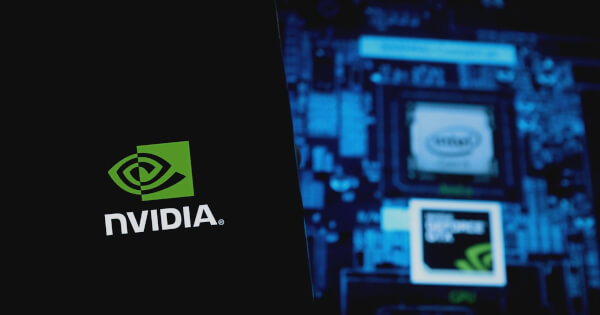Darius Baruo
Oct 31, 2024 09:57
Stanford researchers introduced BEHAVIOR-1K, a benchmark for training robots in 1,000 household tasks, using NVIDIA’s OmniGibson simulation, aiming to make robots practical for daily assistance.
In a significant development in the field of robotics, researchers from Stanford University have introduced BEHAVIOR-1K, a comprehensive benchmark aimed at training robots to perform 1,000 real-world-inspired household activities. This initiative was unveiled at the NVIDIA GTC 2024 conference and represents a step forward in making robots practical for everyday assistance.
BEHAVIOR-1K and OmniGibson
The BEHAVIOR-1K benchmark utilizes OmniGibson, a state-of-the-art simulation environment built on the NVIDIA Omniverse platform. This environment is designed to accelerate embodied AI research by providing robots with practical skills applicable in real-world settings. The focus is on tasks that range from folding laundry and cooking breakfast to cleaning up after social gatherings.
Practical Applications and Human-Centered Design
BEHAVIOR-1K is part of a broader initiative to integrate robotics into daily life, thereby freeing up time for individuals to engage in activities they enjoy. The benchmark is informed by insights from surveys involving over 1,400 participants, ensuring that the tasks align with human needs and preferences.
Training and Realism
The training process involves large-scale simulations across 50 fully interactive environments, incorporating over 1,200 object categories and more than 5,000 3D models. This approach allows robots to experience diverse and realistic scenarios, enhancing their ability to operate effectively in real-world applications. The benchmark also focuses on improving the realism of AI training by incorporating various object states, complex interactions, and realistic physical properties.
Future Prospects
As robotics technology continues to advance, the BEHAVIOR-1K benchmark represents a vital tool in bridging the gap between experimental research and practical application. By focusing on tasks that people want help with, the initiative ensures that robotic assistance is both effective and aligned with human needs.
For further information, the original article can be accessed on the NVIDIA blog.
Image source: Shutterstock









